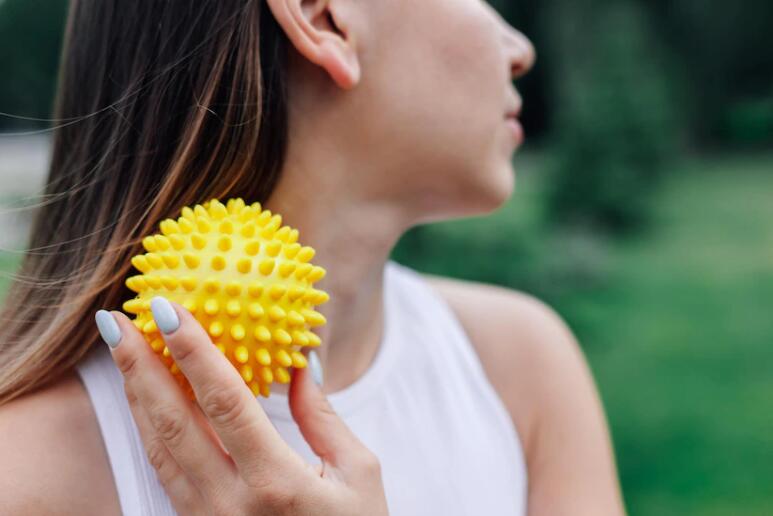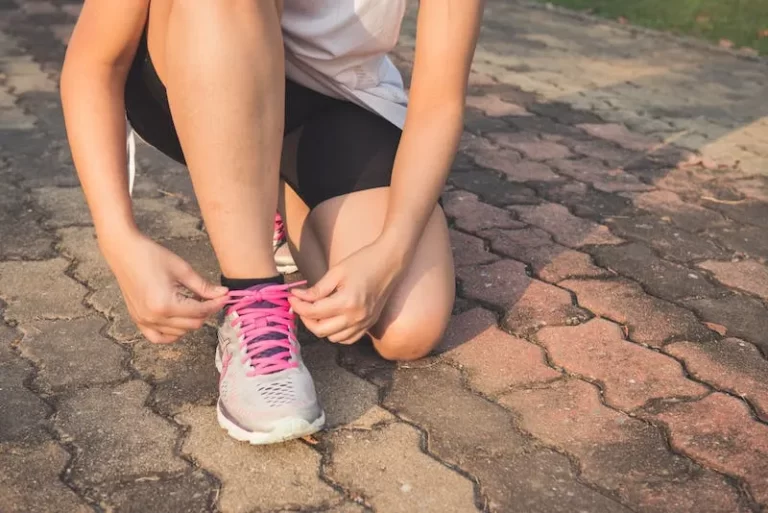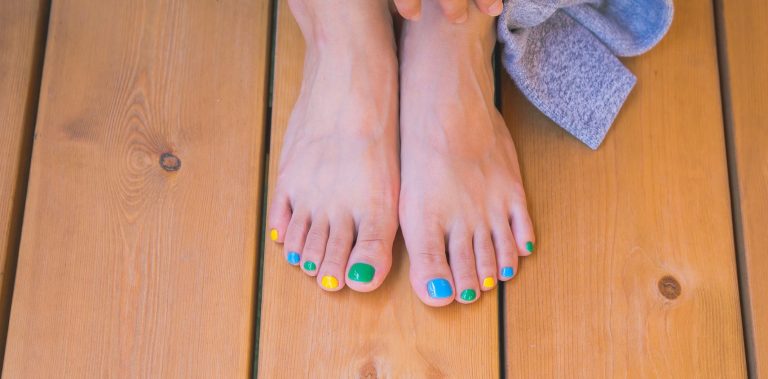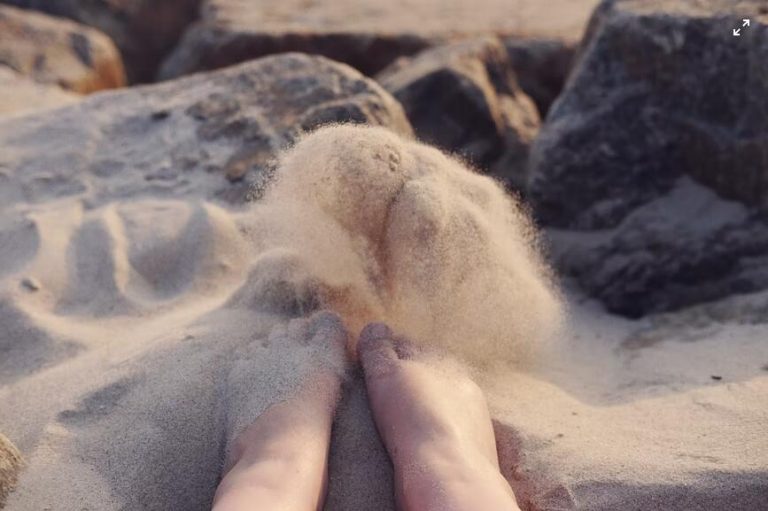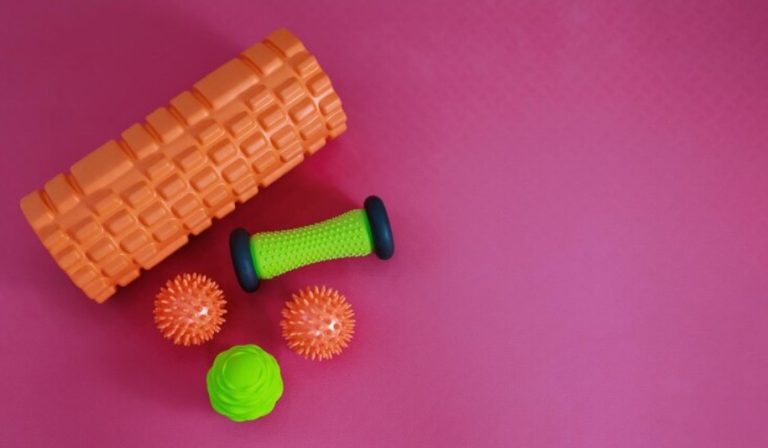How To Treat Plantar Fasciitis Using Spiky Balls
Plantar fasciitis is a common foot disease that can cause severe pain in areas such as the heels and balls of one’s feet. It is a condition that many people suffer from, especially runners and athletes. However, with the right treatment and exercise, one can treat this condition naturally, so that it does not linger or affect their activity level.
When it comes to using spiky balls to treat plantar fasciitis, you should keep in mind that these are not magical balls that are going to heal you right away. They might be uncomfortable at first, but will provide a series of health benefits and ease up your discomfort.
What is Plantar Fasciitis Exactly?
Plantar Fasciitis is the inflammation of the plantar fascia, a thick band of tissue on the bottom of your foot. It can cause pain in the heel and arch of your foot that typically worsens with weight-bearing activities such as standing, walking or running.
Plantar fasciitis is common among runners, walkers, and other athletes who do a lot of weight-bearing activity. Other risk factors include obesity, high arches and flat feet.
The condition affects people of all ages but is more common in adults over 40 years old. Plantar fasciitis often develops suddenly after an increase in activity level or after a long period of inactivity (such as being on your feet for an extended period). The condition usually goes away within six months to two years if left untreated. But it can take longer if you don’t treat it properly.
Symptoms Of Plantar Fasciitis
- Pain, particularly when you first get out of bed in the morning or after you’ve been sitting for long periods of time
- Heel pain that usually gets worse after standing for long periods or walking on hard surfaces
- Pain that occurs only at first in the morning, but then eases up as you walk around and stretches out your muscles
- Pain when you first stand up in the morning or after sitting for a long time. The pain usually subsides within 10 minutes after you start walking.
- Pain in your heel that becomes worse when you bear weight on it or when you stretch out your foot (heel-to-toe test).
- Pain in any part of your foot when exercising or going up stairs.
What Are Spiky Balls?
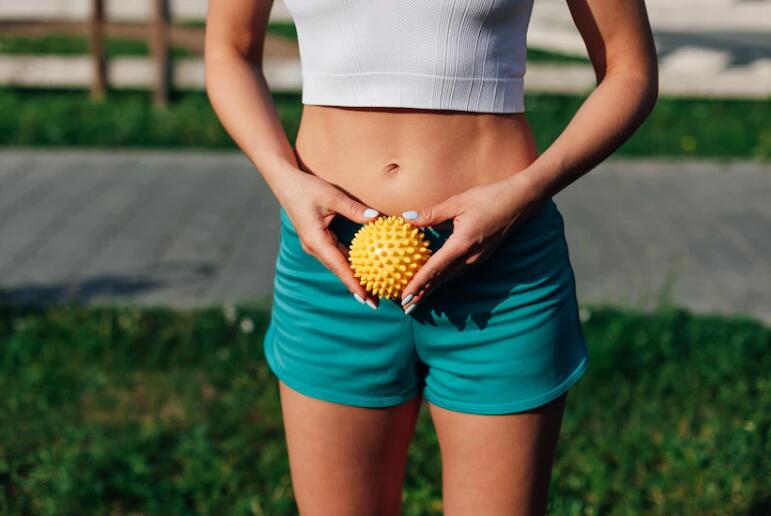
The main purpose of using these spiky balls is to massage your feet and loosen the fascia, thereby reducing inflammation and pain. The balls come in different sizes but they’re all made of silicone, plastic or metal balls, often made of steel or aluminum; they have a hole in the center so that you can hang them on your fingers while massaging your feet. The edges are sharp spikes which provide deep massages when rubbed against the muscles around your heel, arch and toes.
Why Would You Use Spiky Balls?
The Spiky Balls are a great tool for treating plantar fasciitis because they support your arch while you sleep, relieving pressure on the tissue and reducing pain. In addition, they help to strengthen muscles in your feet and improve flexibility so that you can walk more easily without pain.
How To Use Spiky Balls For Plantar Fasciitis
Step 1: Roll your foot over the ball.
Step 2: Place the ball under your foot and move from side to side.
Step 3: Place the ball under your foot and roll it around in a circle.
Step 4: Roll the arch of your foot.
Step 5: Roll the ball around the heel of your foot.
How long do you need to use a spiky ball for plantar fasciitis?
You should use your spikey ball for at least 20 minutes each day. You can also use it while watching TV or sitting at your desk at work. You can even take one with you on holiday so you can use it while sitting by the pool!
Which pressure points are good to work on plantar fasciitis?
Points 1: The first point you should pay attention to is the point on the top of the foot, between the big toe and the index finger. This point acts as a pain reliever if it is located.
The second pressure point to ease the pain of plantar fasciitis is on top of your foot, between your second and third toes. Massage this point with your thumb for two minutes. Repeat several times a day.
Point 3: Third pressure points to help relieve heel pain due to plantar fasciitis are located in the hollow part of your ankle, above your ankle bone but below your lateral malleolus. Now use both thumbs to put pressure on the sides of this little hollow area for about 30 seconds or so at a time, then release, and repeat at least three times on each side.
Does it hurt when you use the ball?
The Spiky Balls are made out of a soft, flexible silicone that is very comfortable to use. They’re also very durable and can withstand a lot of wear and tear!
The spikes on the ball are fairly sharp, but they’re also very small. This means that they’re not going to cause any damage to your skin or your walls (unless you throw them hard enough).
The ball has a nice weight to it and feels good in your hands. You’ll definitely feel the spikes when you squeeze it, but it’s not painful or uncomfortable at all.
You don’t have to worry about hurting yourself when using these balls for relief exercises!
If you’re still worried about comfortability, we recommend starting off with our small or medium sized balls. These are the most comfortable sizes for beginners who aren’t sure if they can handle larger sizes yet. And once you get used to them, we recommend trying out our large size, which is the largest ball we offer!
What Makes A Good Spiky Balls
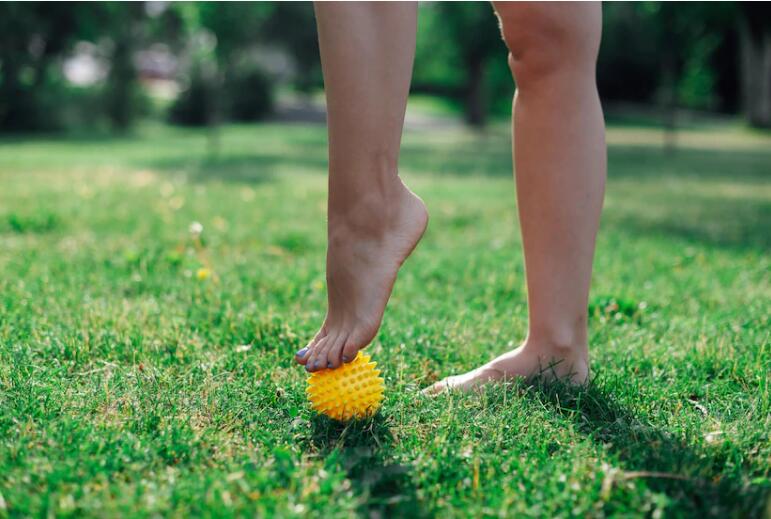
If you’re looking for a good spiky ball, there are several things to consider. The first thing is that it has to have spikes on it. Spikes are a must-have because they help relieve pain by stimulating nerve endings in your skin. In addition, the spikes need to be close enough together that they can reliably relieve discomfort and make you feel better without having to dig in too deep or use too much pressure. If the ball rolls well and doesn’t get caught on clothing or hair when being played with, then it’s definitely worth considering buying!
A spiky ball has to have spikes.
If a spiky ball doesn’t have spikes, it’s not going to work very well. Spikes are what make a spiky ball effective. They’re what make it hurt. And they’re what allow you to enjoy the overall experience of using your new toy.
If you want a high quality product that will last for years and years, then you should look for one with thick metal spikes on the outside of its rubber shell. Spikes that are too thin won’t provide enough protection against impacts or injuries when playing with them – so stay away from those!
The spikes have to hurt.
When it comes to spikes, you want to make sure that they hurt. Not just that, but you want the pain to be sharp and concentrated so that it will be as effective as possible. If your spiky balls are too soft, then they won’t provide any relief at all!
On top of that, the spikes need to be hard enough so that they don’t bend when you apply pressure (or if someone else tries to get too close). The best way I can describe this is with an example: imagine trying out a pair of extremely uncomfortable shoes in a store and finding out later that your toes hurt so bad because one of the metal buckles had bent slightly outward from how much weight was resting on it. You don’t want this happening with your spiky ball set; aim for something sturdy enough where each spike remains in its original shape no matter what else happens around it.
The ball should be able to roll properly.
The ball should be able to roll properly. If a spiky balls doesn’t roll, it won’t be much use for anything (except as a missile). You want a spiky ball that rolls smoothly, without getting stuck on things or bouncing around uncontrollably.
The ball needs to be able to roll straight. You don’t want a sphere that spins around in an erratic fashion — this can make it harder for your opponent and make it more difficult to aim your shot at them effectively.
The spikes should be close enough together that they can reliably relieve pain.
The spiky balls need to be close enough together that you can easily move them around on your skin, and the surface of each ball needs to be hard enough for you to feel a difference between the two sides. If a spiky ball isn’t big enough, it won’t be able to cover the area you want covered by itself.
It should be strong enough that it won’t break easily.
The spiky balls you choose should be made of a strong material, such as metal or plastic. These materials can withstand being dropped on the floor and rolled around. They are also strong enough to withstand being thrown, which is important because you want your ball to be able to make it through an entire game without breaking.
It should be easy to hold and hard to drop.
The best spiked balls are easy to hold, and hard to drop. A good spiked ball will have a comfortable grip that is easy to hold on to, but not so comfortable that it slips out of your hand easily.
A good spiked ball should also be very difficult to drop, so you can use it safely without worrying about dropping it on your foot or spilling soda all over yourself.
It shouldn’t catch on your clothes or hair.
As you’re playing, don’t worry about the spiky balls catching on your clothes or hair. It should be smooth and round, soft enough to be comfortable but not so soft that it loses its shape over time, and easy to hold so that you can easily throw it back.
Conclusion
There are many different kinds of spiky balls on the market, but we’ve found that the best one is one that has all of these characteristics. It should be able to relieve your pain and discomfort without causing any harm or damage to your skin. You should be able to hang on to it easily when using it so that you don’t have trouble getting around with it wherever you go (work or play). Finally, make sure that the spikes aren’t too close together so they don’t break apart easily when used in tough situations!

